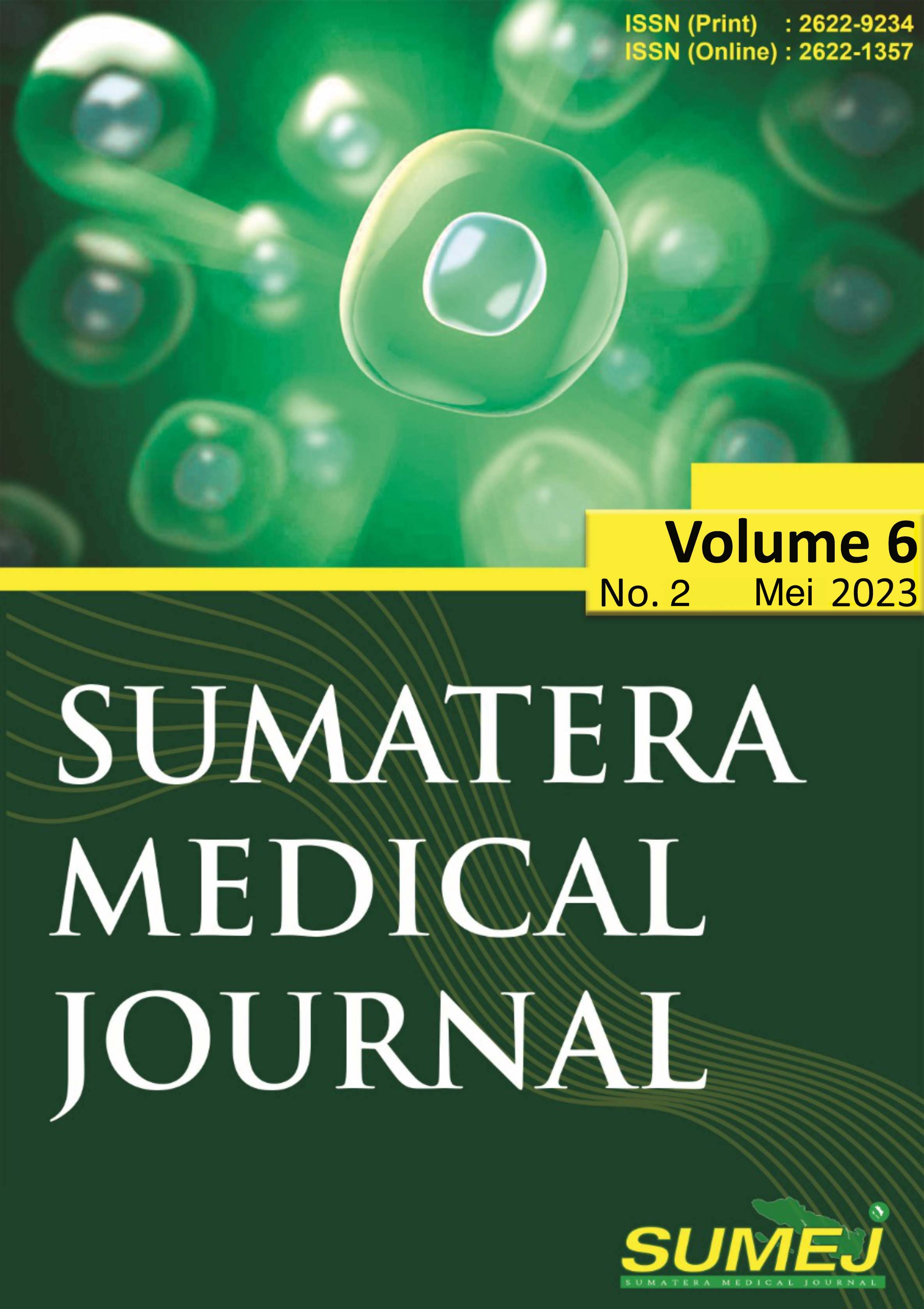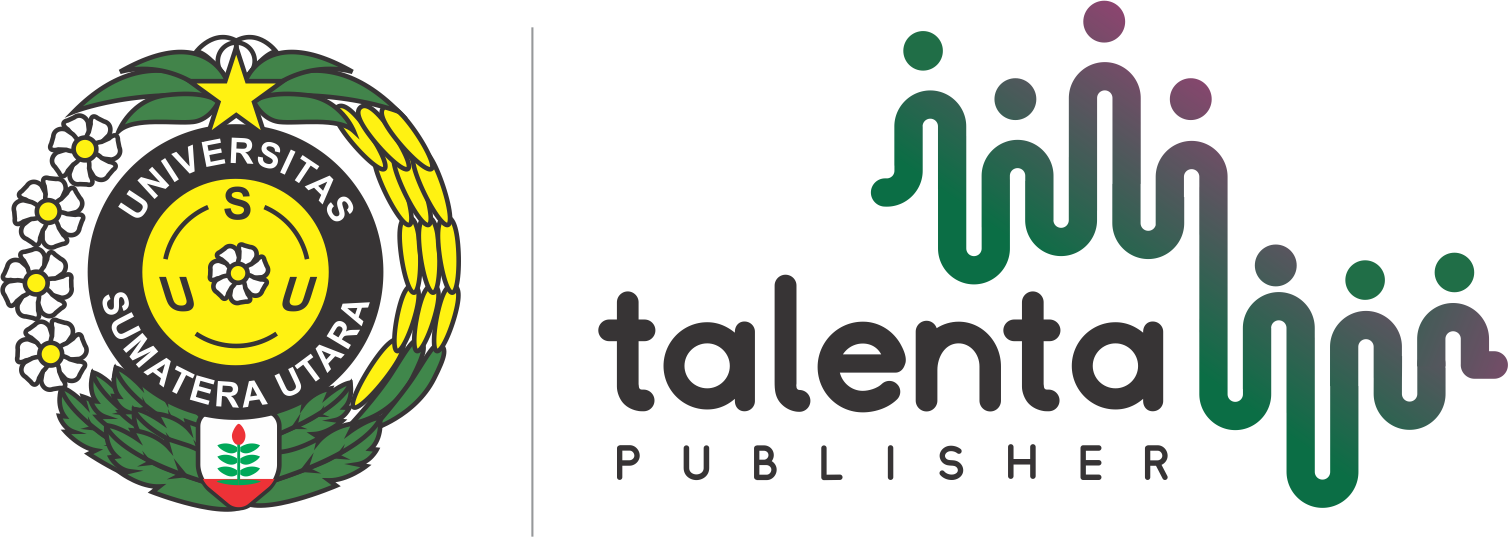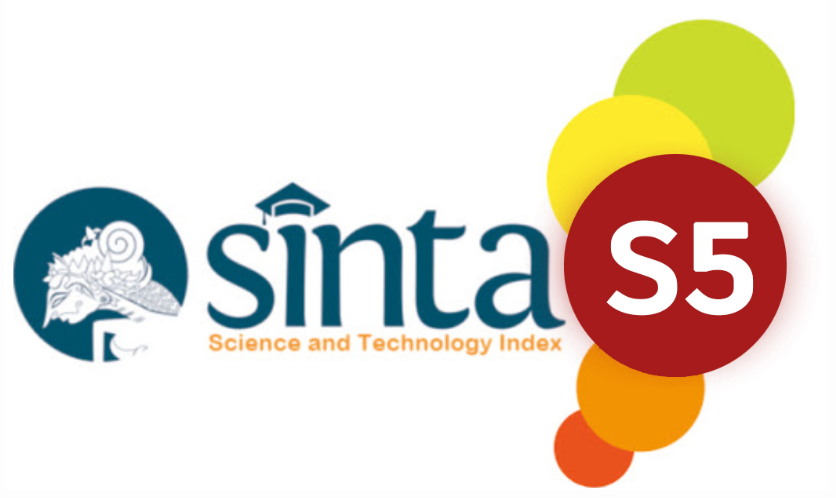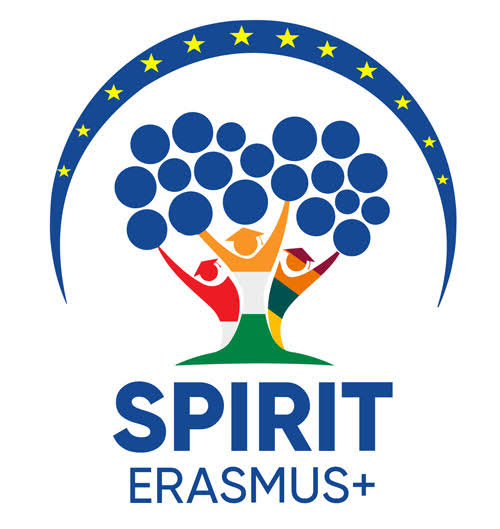Subacute Toxicity of Yellow Flower Extract (Cananga odorata) on the Histopathology of White Rat Heart (Rattus norvegicus)
DOI:
https://doi.org/10.32734/sumej.v6i2.11931Keywords:
antioxidant, flower, inflammation, phytochemicals, rat, remembranceAbstract
Background: The inflammatory process is influenced by chemical mediators such as Nitric Oxide (NO), cytokines, and arachidonic acid metabolites. The therapeutic effect of herbal plants comes from phytochemicals with strong antioxidant activity. Objective: To examine the phytochemical content and anti-inflammatory effects of Cananga odorata. Methods: This was a two-stage study: in vitro and in vivo. Anti-inflammatory activity is related not only to antioxidant properties but also to suppression of nitric oxide and pro-inflammatory cytokines. This effect is being explored using various herbal plants. One such plant is Cananga odorata (ylang flower), a tropical plant with fragrant petals that grows easily. Results: The total phenol content was 1.06% w/w. Antioxidant activity measured using DPPH method showed an IC50 of 808.86 ppm, indicating weak antioxidant activity. In rats, the extract reduced blood glucose levels but had no effect on lipid profiles. Toxicity testing showed no toxic effects. Histological analysis showed no differences between cardiovascular disease model mice and standard-fed mice. Conclusion: The ethanol extract of Cananga odorata did not show toxicity in the heart histopathology of white rats.
Downloads
References
Jin J, Kim MJ, Dhandapani S, et al. The floral transcriptome of ylang ylang (Cananga odorata var. fruticosa) uncovers biosynthetic pathways for volatile organic compounds and a multifunctional and novel sesquiterpene synthase. J Exp Bot. 2015;66(13):3959–75.
Lee K, Lee JH, Kim SI, Cho MH, Lee J. Anti-biofilm, anti-hemolysis, and anti-virulence activities of black pepper, cananga, myrrh oils, and nerolidol against Staphylococcus aureus. Appl Microbiol Biotechnol. 2014;98(22):9447–57.
Matsumoto T, Nakamura S, Fujimoto K, et al. Structure of constituents isolated from the flower buds of Cananga odorata and their inhibitory effects on aldose reductase. J Nat Med. 2014;68(4):709–16.
Matsumoto T, Nakamura S, Nakashima S, et al. Lignan dicarboxylates and terpenoids from the flower buds of Cananga odorata and their inhibitory effects on melanogenesis. J Nat Prod. 2014;77(4):990–9.
Zhang X, Herger AG, Ren Z, Li X, Cui Z. Resistance effect of flavonols and toxicology analysis of hexabromocyclododecane based on soil-microbe-plant system. Chemosphere. 2020;257:127248.
Phatchana R, Thongsri Y, Yenjai C. Canangalias C-H, juvenile hormone III analogues from the roots of Cananga latifolia. Fitoterapia. 2016;114:45–50.
Qin XW, Hao CY, He SZ, et al. Volatile organic compound emissions from different stages of Cananga odorata flower development. Molecules. 2014;19(7):8965–80.
Soonwera M. Efficacy of essential oil from Cananga odorata (Lamk.) Hook.f. & Thomson (Annonaceae) against three mosquito species Aedes aegypti (L.), Anopheles dirus (Peyton and Harrison), and Culex quinquefasciatus (Say). Parasitol Res. 2015;114(12):4531–43.
Tan LT, Lee LH, Yin WF, et al. Traditional uses, phytochemistry, and bioactivities of Cananga odorata (Ylang-Ylang). Evid Based Complement Alternat Med. 2015;2015:896314.
Liu C, Wu H, Wang L, et al. Farfarae Flos: A review of botany, traditional uses, phytochemistry, pharmacology, and toxicology. J Ethnopharmacol. 2020:113038.
Benini C, Mahy G, Bizoux JP, et al. Comparative chemical and molecular variability of Cananga odorata (Lam.) Hook.f. & Thomson forma genuina (ylang-ylang) in the Western Indian Ocean Islands: implication for valorization. Chem Biodivers. 2012;9(7):1389–402.
Neumann NR, Thompson TM. Medical toxicology education and global health: it is still a world of limited resources in low- and middle-income countries. J Med Toxicol. 2020.
Yang H, Kim HS, Jeong EJ, et al. Plant-derived juvenile hormone III analogues and other sesquiterpenes from the stem bark of Cananga latifolia. Phytochemistry. 2013;94:277–83.
Downloads
Published
How to Cite
Issue
Section
License
Copyright (c) 2023 Sumatera Medical Journal

This work is licensed under a Creative Commons Attribution-NonCommercial-NoDerivatives 4.0 International License.
The Authors submitting a manuscript do so on the understanding that if accepted for publication, copyright of the article shall be assigned to Sumatera Medical Journal (SUMEJ) and Faculty of Medicine as well as TALENTA Publisher Universitas Sumatera Utara as publisher of the journal.
Copyright encompasses exclusive rights to reproduce and deliver the article in all form and media. The reproduction of any part of this journal, its storage in databases and its transmission by any form or media, will be allowed only with a written permission from Sumatera Medical Journal (SUMEJ).
The Copyright Transfer Form can be downloaded here.
The copyright form should be signed originally and sent to the Editorial Office in the form of original mail or scanned document.











